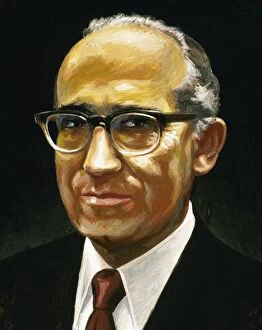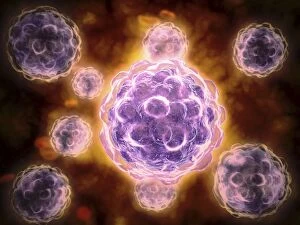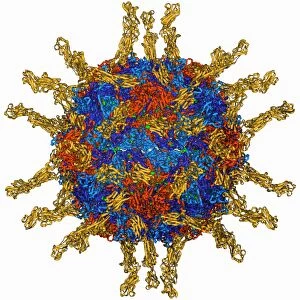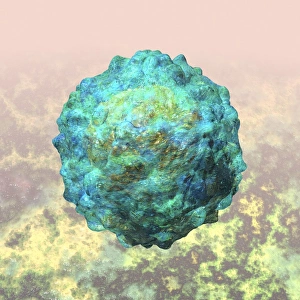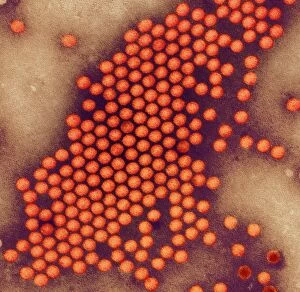Polio Collection
Polio, a debilitating disease that once plagued communities worldwide, has been the focus of dedicated individuals like Peter Deane, an expert fly dresser
All Professionally Made to Order for Quick Shipping
Polio, a debilitating disease that once plagued communities worldwide, has been the focus of dedicated individuals like Peter Deane, an expert fly dresser. However, it was not through his intricate craft that he made a significant impact but rather in his involvement with making iron lungs. In the early 20th century, polio outbreaks were rampant and left many paralyzed or struggling to breathe. The invention of the iron lung provided hope for those affected by this devastating illness. Captured in med01_01_0323 is Deane diligently working on constructing these life-saving devices. Demonstrating their functionality in med01_01_0377, another image showcases how patients were placed inside these large machines to assist them with breathing when their respiratory muscles became weakened by polio. Jonas Salk's name is synonymous with the fight against polio as he developed one of the first successful vaccines against this dreaded disease. His groundbreaking work revolutionized medicine and brought hope to countless families around the world. The significance of vaccinations can be seen in images from April 1959 at a Cambridgeshire General Practice where young patients received their polio shots. Some looked on with trepidation while others bravely faced their fears during this crucial moment captured twice in photographs. Notably, three influential figures responsible for guiding efforts against infantile paralysis are also highlighted within this collection. Their dedication and leadership played instrumental roles in combating polio and improving public health outcomes. Albert Sabin stands out among these figures as an American medical researcher who contributed significantly to finding effective oral vaccines for preventing poliovirus infections. Born in Poland but making America his home, Sabin's contributions have had lasting impacts on global health initiatives. These captivating images remind us of both the devastation caused by polio and the tireless efforts made by individuals like Peter Deane and Jonas Salk to combat its effects through innovative treatments and vaccination campaigns.









